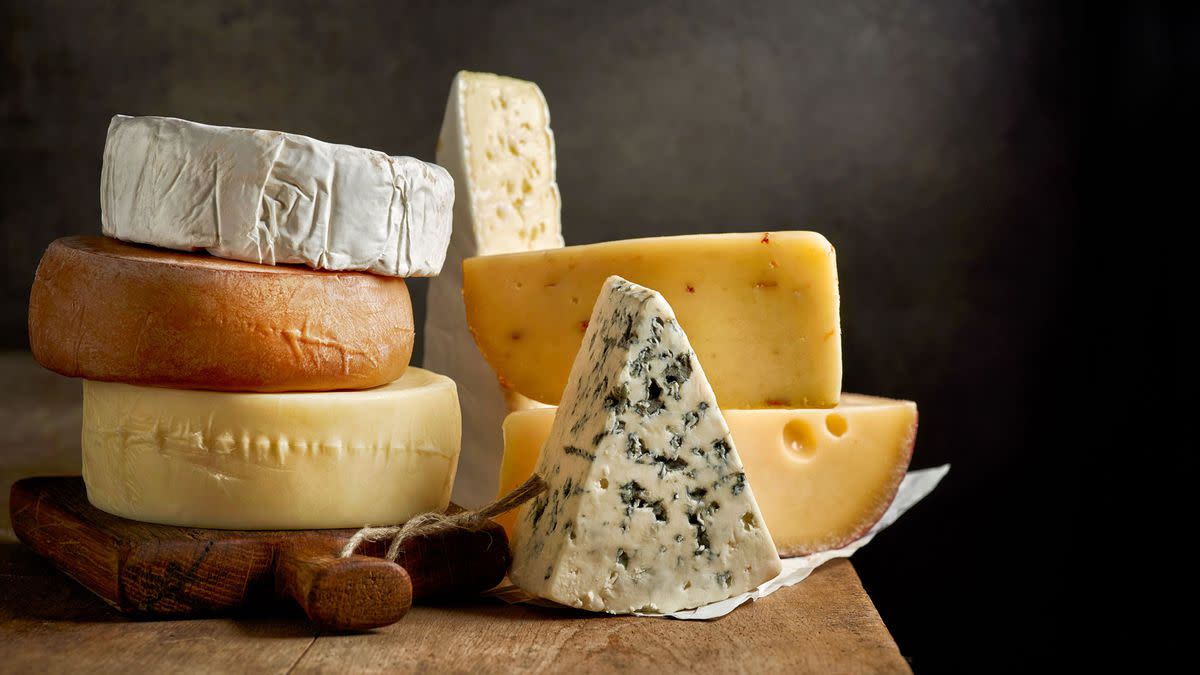Why Americans Don't Get to Eat Delicious Raw Milk Cheese

? Getty Images/iStockphoto
There is no more universally beloved food than cheese. It's on your charcuterie plate, it's on your pizza, and it's even professed to be a love language. However, while much of the world can agree that cheese is one of our most delicious creations, there is a great deal of legal disagreement over how cheese should be made.
Specifically, the issue rests on the question of if the production of raw milk, and therefore raw milk cheese, should be allowed. While many countries support the production and consumption of raw milk cheese, there is one pesky actor that has long disagreed with the rest of the world's sentiment: the United States.
There are many laws and regulations affecting the cheese and dairy industry in the United States. However, none is more contentious than the FDA-mandated pasteurization of all milk products for human consumption that was instituted in 1987. As a quick refresher, pasteurization is the process of heating a liquid or a food to kill pathogenic bacteria to make the product safe to consume. For dairy products in particular, the liquid is heated to 145°F (63°C) for at least 30 minutes or at least 161°F (72°C) for 15 seconds, which then gives the products a longer shelf life by destroying enzymes and bacteria that cause spoilage while destroying harmful microorganisms.
RELATED: Everything You've Ever Wanted to Know About Cheese Rinds
The judge in the seminal case ruled that unpasteurized milk is unsafe and banned the shipment of raw milk with the exception of raw milk cheese, provided it has been aged a minimum of 60 days and is clearly labeled as unpasteurized. While this seems all well and good, the majority of raw milk cheeses that we love, like authentic Camembert, Roquefort, and Brie, won't stay fresh on the shelf for more than 10 days, which means that they cannot survive the legally required aging. Additionally, in 2014 the FDA lowered the limit of nontoxigenic E. coli — a harmless form of the bacteria that is found in our digestive tract — from 100 MPN (most probable number) to 10 MPN, meaning that even small levels can prevent cheeses from being available in the U.S.
Essentially, the FDA is trying to prevent people from consuming bacteria-filled milk and cheese, which is a good thing. Indeed, fewer than 2,000 cases of illness resulting from the consumption of raw milk and raw milk products have been reported in the United States between 1993 and 2012. Presumably, we have FDA's pasteurization mandate to thank for this low incidence of foodborne illness. One fact is certain: American cheesemongers and producers are more limited in the cheese they can produce or import, compared to their European contemporaries.
Unpasteurized fresh cheeses are typically soft, rich, and pungent and eaten either directly before or after meals. They're the cheeses that you can spread on bread much like warmed butter and that exude unique aromas that cause your brain to wonder, "do I like this or am I repulsed by this?"
RELATED: Why It's OK to Eat Moldy Blue Cheese
While the FDA continues to uphold its rigorous standards, the French celebrate raw milk cheese as part of their culinary culture, even as they increasingly embrace pasteurized cheese: according to Newsweek, raw milk cheese sales in France continue to drop and now make up only 10% of the total market, compared with 100% just 70 years ago.
Much like the world as a whole, cheese is changing, and the trend toward pasteurization seems to only be picking up steam. If you live in one of the 29 American states that allow the sale of raw milk products, enjoy the spoils while you can. For a life without good cheese is simply too much to Camem-bare.